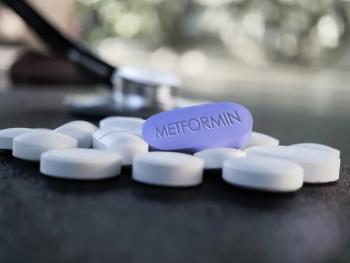
Health literacy impacts pain level, among other symptoms for chronic pelvic pain
Health literacy is an integral part of a patient’s ability to make informed health decisions, especially when it comes to chronic pelvic pain (CPP).
Health literacy is an integral part in a patient’s ability to make informed health decisions, especially when it comes to chronic pelvic pain (CPP). However, health literacy has been found to be disproportionately lower in specific populations, such as individuals of lower socioeconomic status, non-English speaking, older age, and racial/ethnic minorities, wrote the authors of an abstract presented at the 2022 American Urogynecologic Society and International Urogynecological Association’s 47th Annual Meeting held virtually and in-person in Austin, Texas from June 14-16, 2022.1
Moreover, poor health literacy is also common among patients with chronic pain, which is linked with lower quality of life, less health care utilization, and decreased adherence to self-management strategies. Addressing the gaps in health literacy may lead to improvement in health outcomes and health care disparities among patients with CPP.
In the study, 45 participants were recruited from a multidisciplinary, female CPP program in outpatient CPP and FPMRS clinics located at a tertiary care center. Study participants provided clinical demographics and completed multiple validated outcomes measures that evaluated pain level, coping style of pain, psychological impact, and health literacy.
Results of the study demonstrated that CPP patients had adequate levels of health literacy; however, patients with lower health literacy had more depressive symptoms, higher pain catastrophizing, and greater pain intensity.
The authors recommend providers who treat CPP remain cognizant of patients’ diverse health literacy, as well as screen for comorbidities such as depression and pain catastrophizing. They suggest by improving the identification of limited health literacy and comorbid psychosocial factors, it could possibly decrease health disparities in women with CPP.
Additionally, proper health literacy identification may also empower patients to improve self-management of their CPP, be an active participant in decision-making, and engage in positive coping mechanisms that could possibly lead to a reduction in pain intensity, the authors concluded.
Reference
1. Tseng I, Pham Y, Malisch B, Joyce C, Fitzgerald C, Bennis S. Health Literacy in Women with Chronic Pelvic Pain. Poster presentation at the 2022 American Urogynecologic Society and International Urogynecological Association’s 47th Annual Meeting. June 14-18, 2022. Austin, Texas.
Newsletter
Get the latest clinical updates, case studies, and expert commentary in obstetric and gynecologic care. Sign up now to stay informed.










